Optimal Timing for Waterproofing Applications
Waterproofing is a critical process to protect structures from water intrusion, which can lead to damage, mold growth, and structural deterioration. Proper timing ensures the effectiveness and longevity of waterproofing applications, making it essential to choose optimal periods for installation.
Spring offers moderate temperatures and lower humidity, ideal for waterproofing projects. Dry weather reduces the risk of moisture interference during application.
Summer provides warm conditions that facilitate curing and adhesion of waterproofing materials. Avoid periods of heavy rain to ensure proper setting.
Autumn's cooler temperatures and reduced humidity can be suitable for waterproofing, especially before winter weather arrives.
Winter is generally unsuitable due to freezing temperatures, snow, and high moisture levels, which can compromise waterproofing effectiveness.

Ways to make Waterproofings work in tight or awkward layouts.
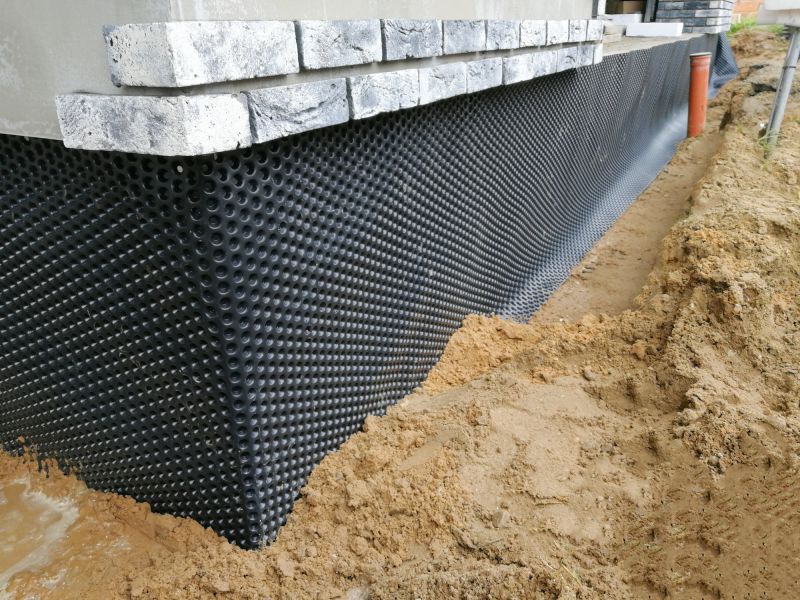
Popular materials for Waterproofings and why they hold up over time.
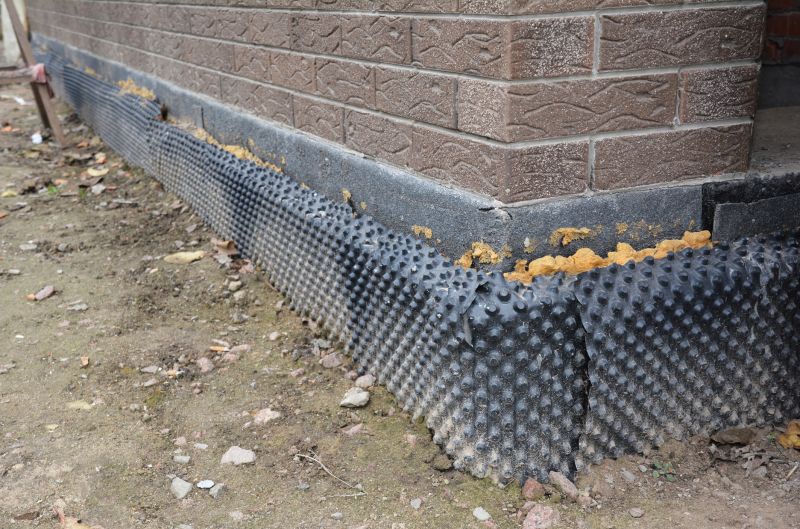
Simple add-ons that improve Waterproofings without blowing the budget.
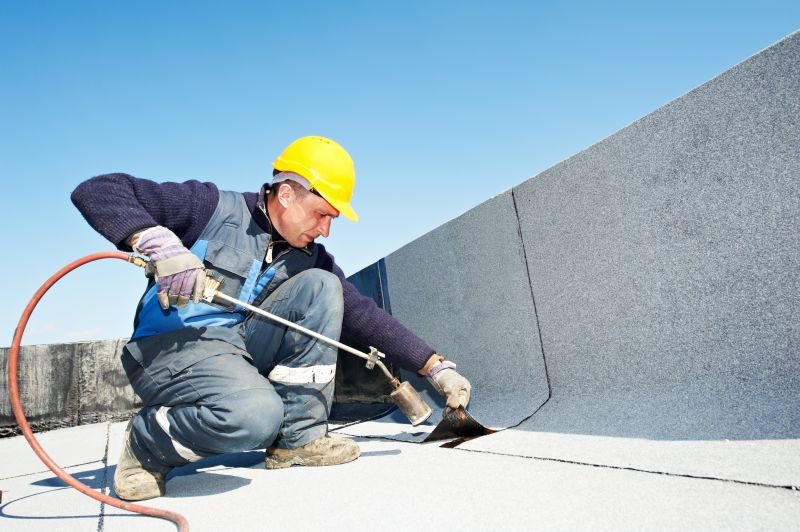
High-end options that actually feel worth it for Waterproofings.

Finishes and colors that play nicely with Waterproofings.
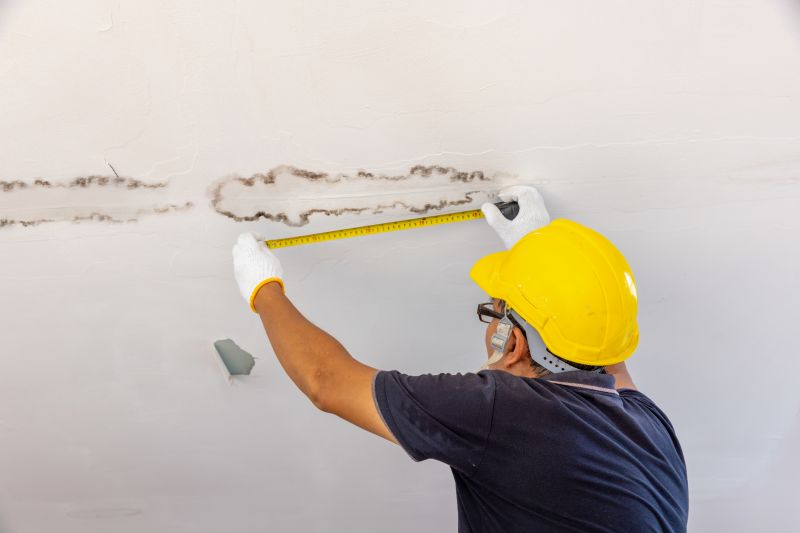
Little measurements that prevent headaches on Waterproofings day.

A 60-second routine that keeps Waterproofings looking new.
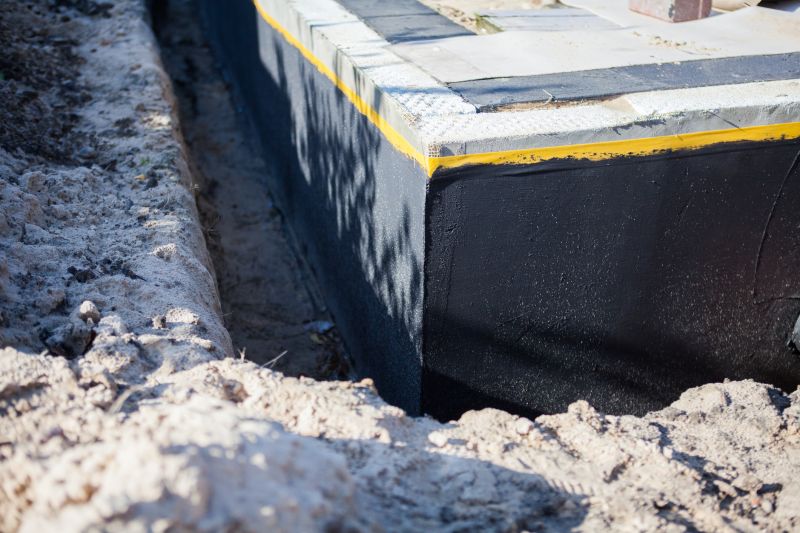
A frequent mistake in Waterproofings and how to dodge it.
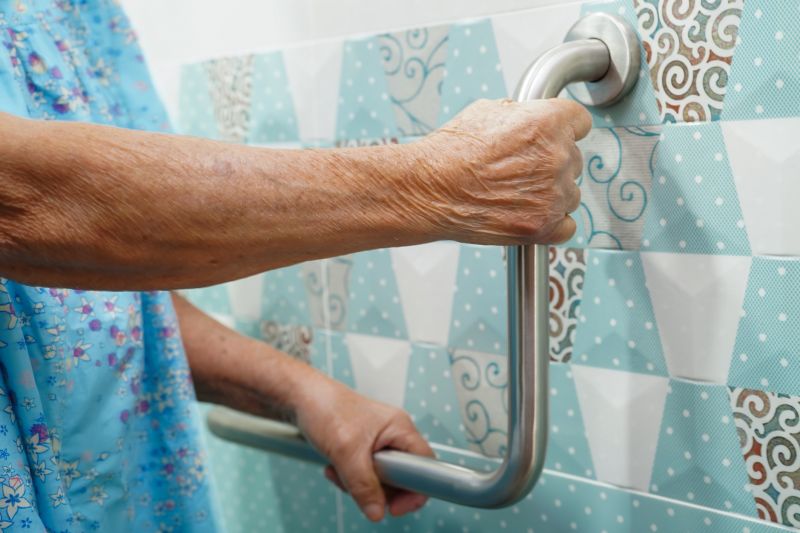
Small tweaks to make Waterproofings safer and easier to use.
| Season | Ideal Conditions |
|---|---|
| Spring | Moderate temperatures, low humidity, dry weather |
| Summer | Warm temperatures, avoid heavy rain |
| Autumn | Cooler temperatures, less humidity |
| Winter | Not suitable due to freezing and snow |
Waterproofings are essential for protecting foundations, roofs, basements, and other structures from water penetration. The effectiveness of waterproofing materials depends heavily on proper application timing, environmental conditions, and surface preparation. Choosing the right season can prevent issues such as incomplete curing, reduced adhesion, or material failure. Properly timed waterproofing can extend the lifespan of a structure and reduce maintenance costs.
Statistics indicate that waterproofing applications performed during optimal weather conditions have a significantly higher success rate. For example, projects completed in spring and early autumn tend to experience fewer failures and require less rework. Ensuring dry, moderate weather conditions allows for the best adhesion and curing of waterproofing membranes and coatings, providing long-lasting protection against water intrusion.
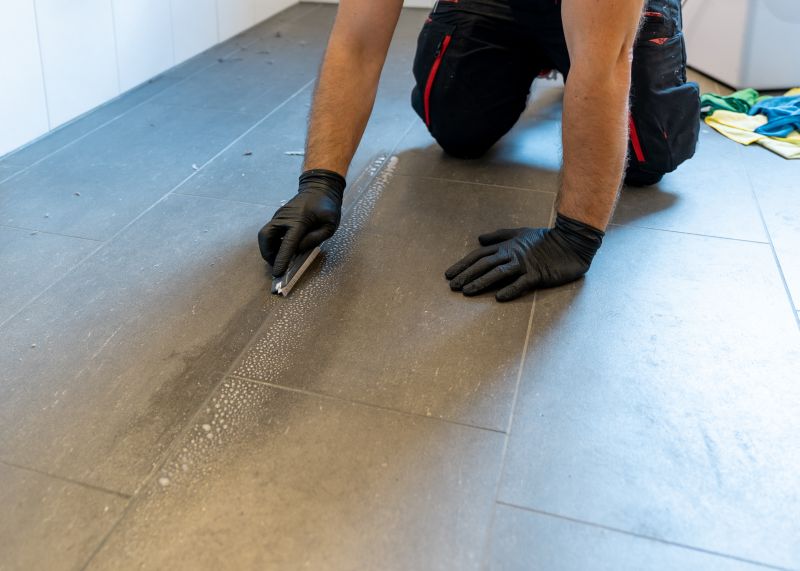
Lower-waste or water-saving choices for Waterproofings.
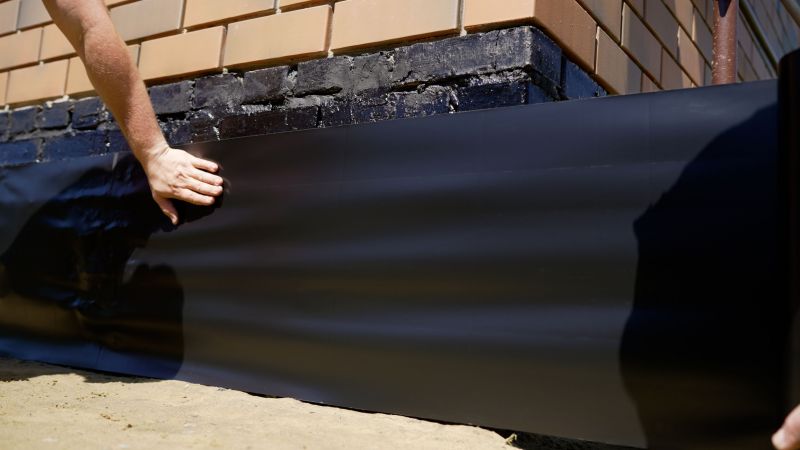
The short, realistic tool list for quality Waterproofings.

Rough timing from prep to clean-up for Waterproofings.
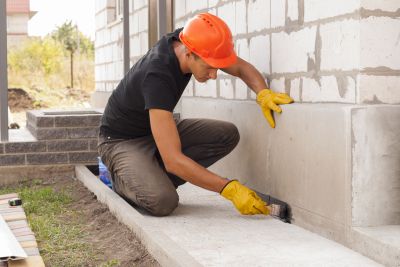
Quick checks and paperwork to keep after Waterproofings.
Interested parties are encouraged to contact for further information or to schedule waterproofing services. Proper timing and application methods are vital to ensuring long-term protection and structural integrity.

